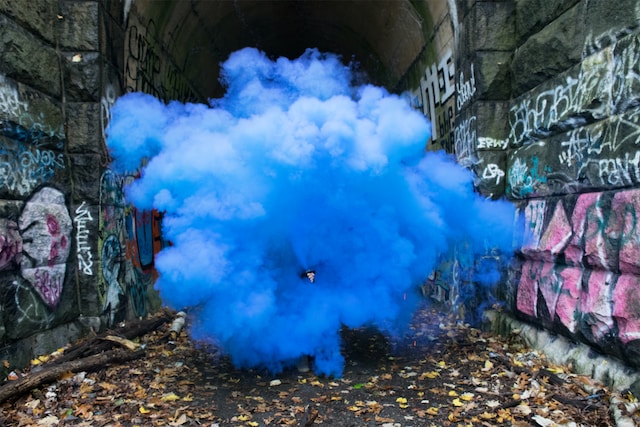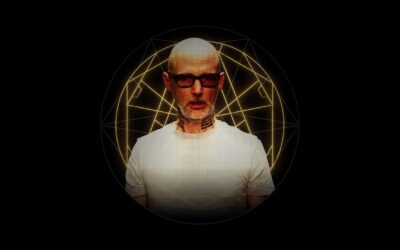EDM and Hip-Hop: Delving into the Powerful Mix of Musical Styles

The Early Encounters
Hip-Hop Meets House and Techno
The Advent of Electronic Hip-Hop
The Trap Revolution
The mid to late 2000s saw the rise of a new genre that marked a significant milestone in the EDM and Hip-Hop relationship: Trap. Originating from the Southern Hip-Hop scene, Trap music was characterized by its aggressive beats, dark atmospheres, and complex hi-hat patterns. EDM producers quickly adopted these elements, giving birth to ‘EDM Trap.’ Artists like Baauer, Flosstradamus, and RL Grime began producing tracks that had the lyrical and rhythmic sensibilities of Hip-Hop, paired with the bass-heavy drops and large-scale production of EDM.
EDM and Hip-Hop in the Streaming Era

Hip-Hop Artists in the Electronic Realm
EDM Influence on Hip-Hop Production
A Symbiotic Relationship
EDM and Hip-Hop: The Live Experience
Pioneers at the Crossroads

Sampling and Sound Design
The Role of Technology
Cultural Exchange and Collaboration
As EDM and Hip-Hop continued to interact, the cultural exchange between the two became even more significant. EDM festivals started featuring Hip-Hop artists, and vice versa. This cultural exchange has not only resulted in more collaborations between artists but has also led to a blending of fan bases.



